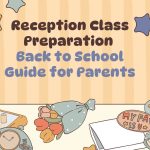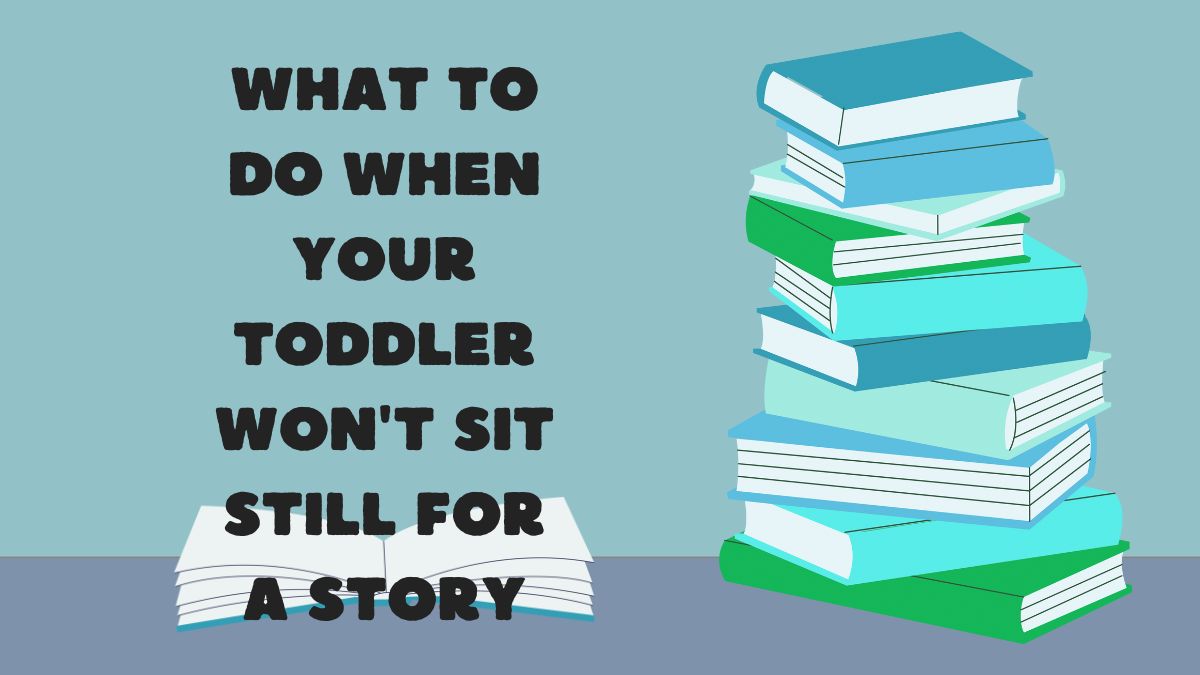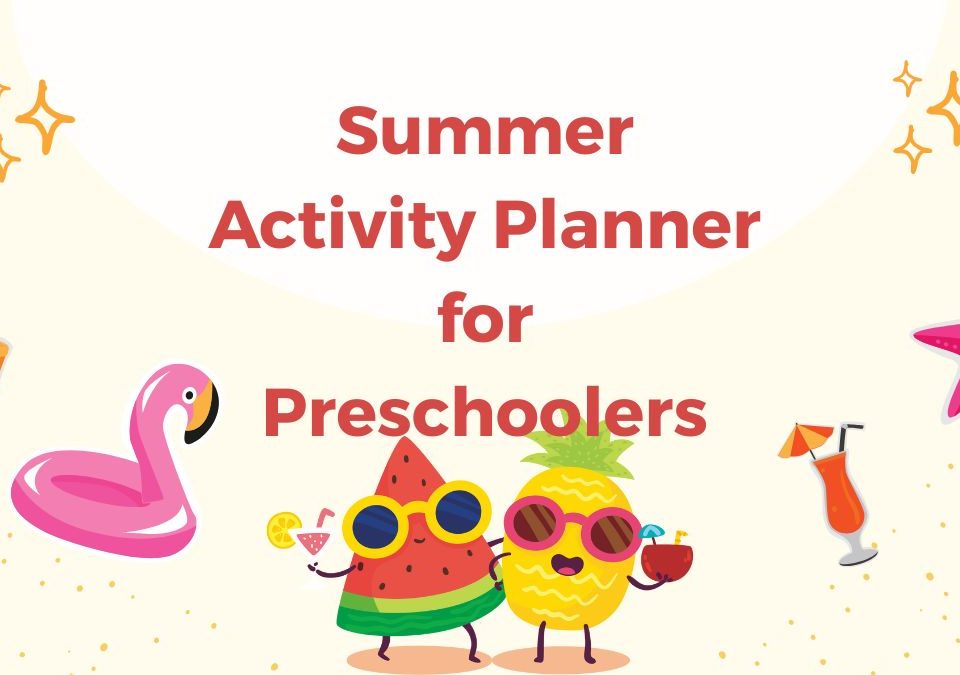
Reception Class Preparation: Essentials for Parents

Hot Summer Activity Planner for Preschoolers (free printable)

Table of Contents
What To Do When Your Toddler Won’t Sit Still for a Story
Toddler won’t sit still for a story? You’re not alone—and this isn’t a failure, it’s simply normal. As toddlers discover mobility and independence, sitting still for a book can feel restrictive and boring. But building a love for reading doesn’t require quiet compliance. It thrives on connection, creativity, and understanding how they learn best.
Why Movement + Story Time Are a Perfect Match
According to early childhood experts, toddlers rarely sit still—especially when they’re just mastering walking, climbing, and exploring.
“It is perfectly normal for toddlers to not sit still very long… they can explore in so many new ways…”
Movement isn’t a distraction—it’s part of how they engage with the world. Reading aloud while they buzz around still counts. In fact, research shows that combining physical movement with storytelling boosts attention and memory.
1. Make Story Time Active and Sensory-Rich
Let go of the expectation that stories must be read seated. When your toddler won’t sit still for a story, instead…
-
Use props and costumes: Scholastic suggests dressing up or acting scenes out with hats or toy characters.
-
Add movement cues: Jump when you say “hop,” tiptoe when the mouse sneaks. Let story actions translate into movement.
-
Choose interactive books: Lift-the-flaps, textures, sound buttons, press-to-hear options—all invite hands-on exploration
-
Let them hold and explore the book. Even if they turn pages upside down—that’s engagement
This keeps toddlers genuinely involved rather than zone-out bored.
8 Tips for Making Reading Fun for Children
Develop Your Child’s Imagination
Nursery Rhyme Finger Puppets Set
2. Offer Choices & Short Sessions
The toddler’s attention span is designed for 2-3 minute bursts—not chapter marathons.
-
Read in bite-sized bursts: A few pages, one scene, or even just the illustrations work. You can circle back later
-
Let them pick what to read: Make storytime collaborative—toddler choice = engagement
-
Mix times of day: Perhaps it’s not post-nap but pre-bath or breakfast when they’ll actually pause
Gradual exposure builds familiarity—and so does routine.
3. Use Expressive Storytelling & Open-Ended Interaction
You don’t need a dramatic read-aloud right-handed voice—but changing tone, pausing for effect, and leaning into participation make words come alive.
-
Animated voices and dramatic pauses work: Build suspense, change character voices—keep it theatrical
-
Ask open-ended questions: “What do you think happens next?” Or have your toddler fill in familiar refrains
-
Turn even picture browsing into storytime: Talk about what you see, connect to their world (“That cat looks hungry—what do you think he wants?”)
Even calmly narrated, background reading during play or movement still builds vocabulary and comprehension.
Parent Perspective from Real Life
Even experienced parents find their toddlers flit away mid-paragraph:
“Try reading short books, sensory books… picture books with one word per page.”
“He can sit for 30 seconds then he’s off!”
“Let him run, read, bounce around… he will come back.”
This goes to show: consistency and low-pressure storytelling work better than forcing minutes of quiet stillness.
4. Keep Books Accessible, Everywhere
Reading shouldn’t require sitting in a special spot with quiet and time.
-
Scatter books around the home: On coffee tables, cars, play areas—literature where life happens
-
Create low-pressure story cues: A lift-the-flap book on the stairs, a familiar rhyme at mealtime, a rhyme softly spoken in transition.
-
Model reading interest: Let them see you reading magazines or story snippets—habit-KalahCC communications matter
These gentle invitations create a reading-rich environment.
5. Create a Movement-Friendly Story Ritual
Rather than resisting their wiggles:
-
Pair a story with quiet movement: Bounce gently on a ball, sit on a swinging chair, or read on a beanbag.
-
Accept roaming + reading: As Here Wee Read puts it, “Just keep on reading… even if they bounce away, they come back”
-
Merge story with routine: Read during bath time or snack time when they’re contained by circumstance
This supports listening even while bodies are in motion.
Your ToddleBabes–Style Story Time Plan
| Step | Description |
|---|---|
| 1. Choose an interactive or interest-based book | Lift-the-flap, animal theme, textures |
| 2. Start with action | “Jump like the bunny!” or “Wave like a bee” |
| 3. Read 2–3 pages | If they wander, keep reading; they often follow |
| 4. Ask or interact | “What’s that?” “What sound does it make?” |
| 5. Offer a repeat | Let them choose “again?”—repetition builds comfort |
Mixing movement, sensory exploration, and choice builds story attitude, not just attention.
Final Take
Toddlers aren’t bad at story—stories are often bad at matching their developmental stage. They learn through movement, exploration, and sensory input—not stationary listening. With flexible expectations and creative storytelling, story time becomes a sprint, not a scale—and your child will come running back for more fits of narrative joy.

I am a preschool and primary school teacher and mum to 3 children. I have been involved in education since 1997 and have trained in a variety of educational specialist areas. It is with this expertise that I write articles to help parents and educators provide quality learning experiences for the children in their care.




